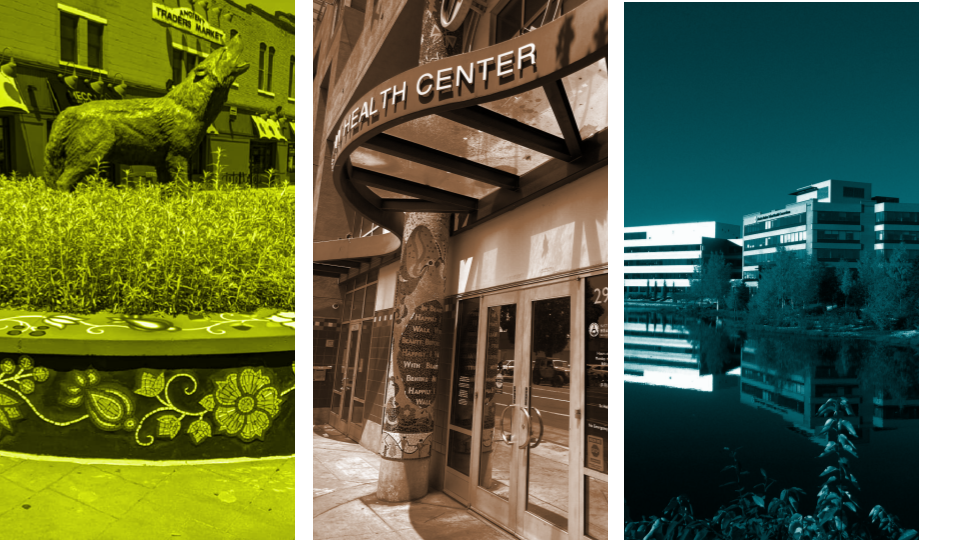
- Details
- By Native News Online Staff
Read our special three-part series about Native-specific healthcare organizations and their efforts to combat the COVID-19 pandemic by offering traditional healing alongside Western medicine.
Through the pandemic, the Native American Community Clinic (NACC) in Minneapolis, MN; the Native American Health Center (NAHC) in Oakland, CA; and the Alaska Native Tribal Health Consortium (ANTHC) have all provided culturally relevant healthcare options to Native people.
For these clinics, traditional medicine propels community healing. Smudging with sacred medicines such as sage, prioritizing the Medicine Wheel and finding virtual spaces for ceremony are being implemented to address medical mistrust and fuel cultural connection.
This special series was reported by Jorja Siemons, a student at Northwestern University’s Medill School of Journalism, with guidance and supervision by Medill professor Patricia Loew, Ph.D., a member of the Bad River Band of Lake Superior Ojibwe.
Good Medicine, Part 1: The Native American Community Clinic integrates Western and Indigenous traditional healing models to foster community resiliency
Good Medicine, Part 2: California Native health center prioritizes cultural connection despite pandemic obstacles
Good Medicine, Part 3: Tribal health networks disseminate traditional knowledge across communities
More Stories Like This
Native News Weekly (August 25, 2024): D.C. BriefsUS Presidents in Their Own Words Concerning American Indians
Star-Studded Livestream to Boost Native News Online’s Year-End Campaign
Monday Morning (December 8, 2025): Articles You May Have Missed This Past Weekend
Native News Weekly (December 7, 2025): D.C. Briefs
Help us defend tribal sovereignty.
At Native News Online, our mission is rooted in telling the stories that strengthen sovereignty and uplift Indigenous voices — not just at year’s end, but every single day.
Because of your generosity last year, we were able to keep our reporters on the ground in tribal communities, at national gatherings and in the halls of Congress — covering the issues that matter most to Indian Country: sovereignty, culture, education, health and economic opportunity.
That support sustained us through a tough year in 2025. Now, as we look to the year ahead, we need your help right now to ensure warrior journalism remains strong — reporting that defends tribal sovereignty, amplifies Native truth, and holds power accountable.
 The stakes couldn't be higher. Your support keeps Native voices heard, Native stories told and Native sovereignty defended.
The stakes couldn't be higher. Your support keeps Native voices heard, Native stories told and Native sovereignty defended.
Stand with Warrior Journalism today.
Levi Rickert (Potawatomi), Editor & Publisher

